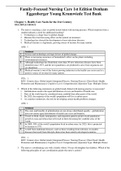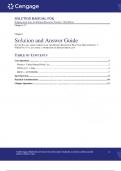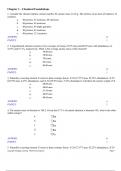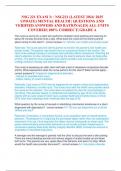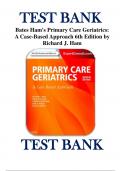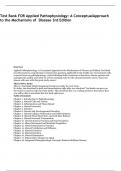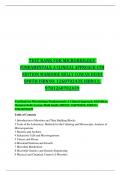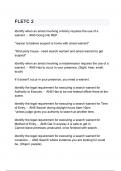Tentamen (uitwerkingen)
Complete Test Bank Family-Focused Nursing Care 1st Edition Denham Eggenberger Young Krumwiede Questions & Answers with rationales (Chapter 1-15)
- Vak
- Instelling
- Boek
Family-Focused Nursing Care 1st Edition Denham Eggenberger Young Krumwiede Test Bank Complete Test Bank Family-Focused Nursing Care 1st Edition Denham Eggenberger Young Krumwiede Questions & Answers with rationales (Chapter 1-15) PDF File All Pages All Chapters Grade A+ GRADEXAM
[Meer zien]
